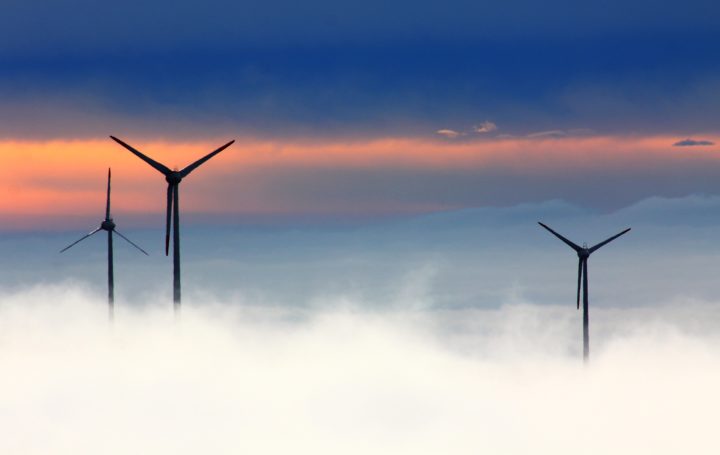The figure includes direct jobs in onshore and offshore wind. It also covers the sector’s entire value chain: installation, manufacturing, project planning and development, operation and maintenance and decommissioning. Those roles would service an industry forecast to install an extra 470 gigawatts (GW) of onshore and offshore capacity between 2021 and 2025, the GWEC said.
The majority of the jobs will be created in high growth wind markets including China, US, India, Germany, UK, Brazil, France, Sweden, Spain, South Africa, and Taiwan.
“The wind industry has a strong track record of creating high-quality and long-term jobs and reviving communities through an array of industrial opportunities,” said CEO of GWEC Ben Backwell. “As the world still reels from the economic impacts of the Covid-19 pandemic, governments must look to the wind sector as a key industry to create the jobs they need to get their economies back on track,” he added.
According to the International Renewable Energy Agency, with 751 GW of wind power capacity already installed, the industry has generated nearly 1.2 million jobs globally to date. The world’s leading wind energy countries are home to hundreds of thousands of direct jobs in the wind industry. A global survey by GWEC Market Intelligence showed that as of 2020 there were approximately 550,000 wind energy workers in China, as well as 260,000 in Brazil, 115,000 in the US and 63,000 in India.
“As the world recovers from Covid-19, it is crucial that no one gets left behind. The wind sector is well-placed to be a driver of a just transition, with offshore wind in particular offering a response to labor market disruption in the offshore oil and gas and marine engineering sectors,” said Joyce Lee, Head of Policy and Projects at GWEC.










